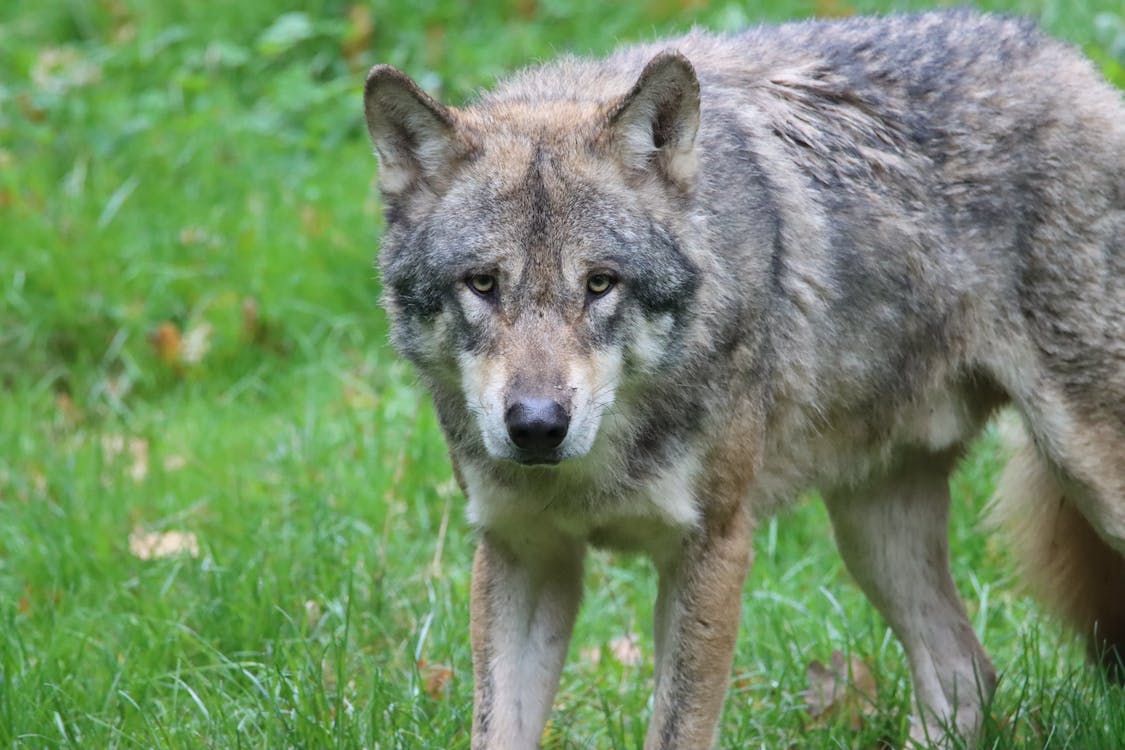SIZE: Shoulder height 38 cm; mass (m) 9 kg, (f) 8 kg.
COLOUR: Greyish-brown with a whitish stripe fringed with black along each side of the body. Bushy tail mainly black, usually with a white tip. Muzzle, chest and legs a lighter grey-brown, legs often tinged rufous. Belly off-white.
GESTATION PERIOD: 9 weeks
MOST LIKE: The Black-Backed Jackal, but generally greyer, and white tip to tail is usually diagnostic. Lacks black-backed jackal's distinctive black 'saddle'.
HABITAT: Well-watered woodlands, but not forests.
Side-striped jackals have a definite white stripe fringed with black along each flank, and a broad white tip to their tail. Unlike black-backed jackals, they avoid open grassland, instead favouring more densely wooded vegetation. They are normally solitary, although they are sometimes seen in pairs or in small family groups. Side-striped jackals are accomplished hunters, and track down a wide range of small mammals, from springhares to mice. They also eat ground-nesting birds, lizards, insects, wild fruit, and other vegetable matter, as well as carrion left by large predators. This species does not put up a very spirited defence, and is easily overcome by dogs and other animals. Four to six young are born in holes in the ground, which are usually the discarded burrows of aardvark. These burrows are modified by the mother jackal to have an alternative exit in case of danger, and if she is sufficiently alarmed, the mother will carry suckling young one by one to another hole. As the cubs grow, both male and female bring food back to the litter, either regurgitating the food or carrying it in their mouths.
WILDLIFE PARKS AND RESERVES WHERE THIS SPECIES IS FOUND:
BOTSWANA
• Chobe National Park
• Linyanti Swamp
• Makgadikgadi Pan
• Mashatu Game Reserve
• Okavango Delta
• Moremi Game Reserve
• Savuti
NAMIBIA
• Caprivi Region
• Damaraland
• Etosha National Park
